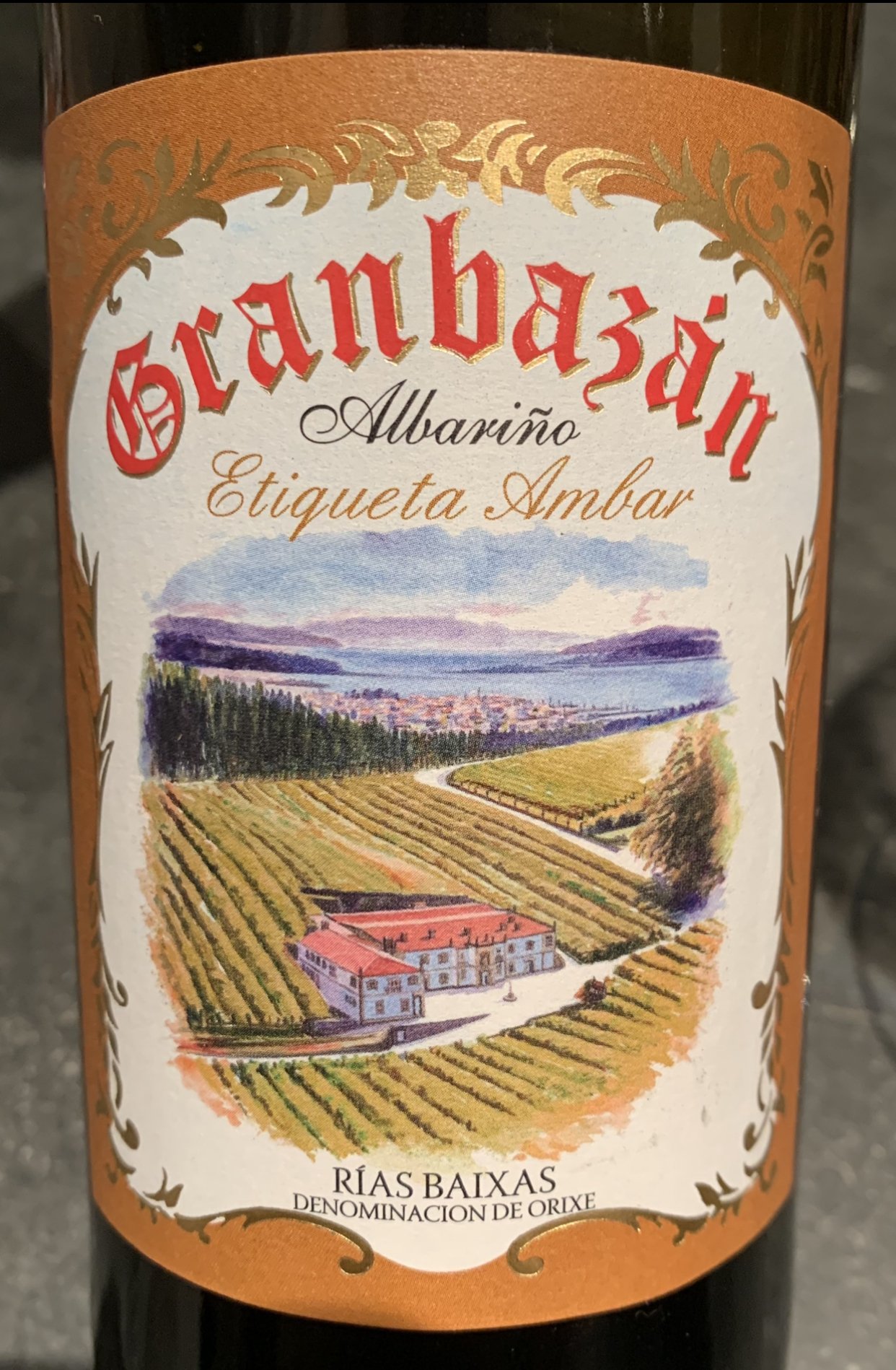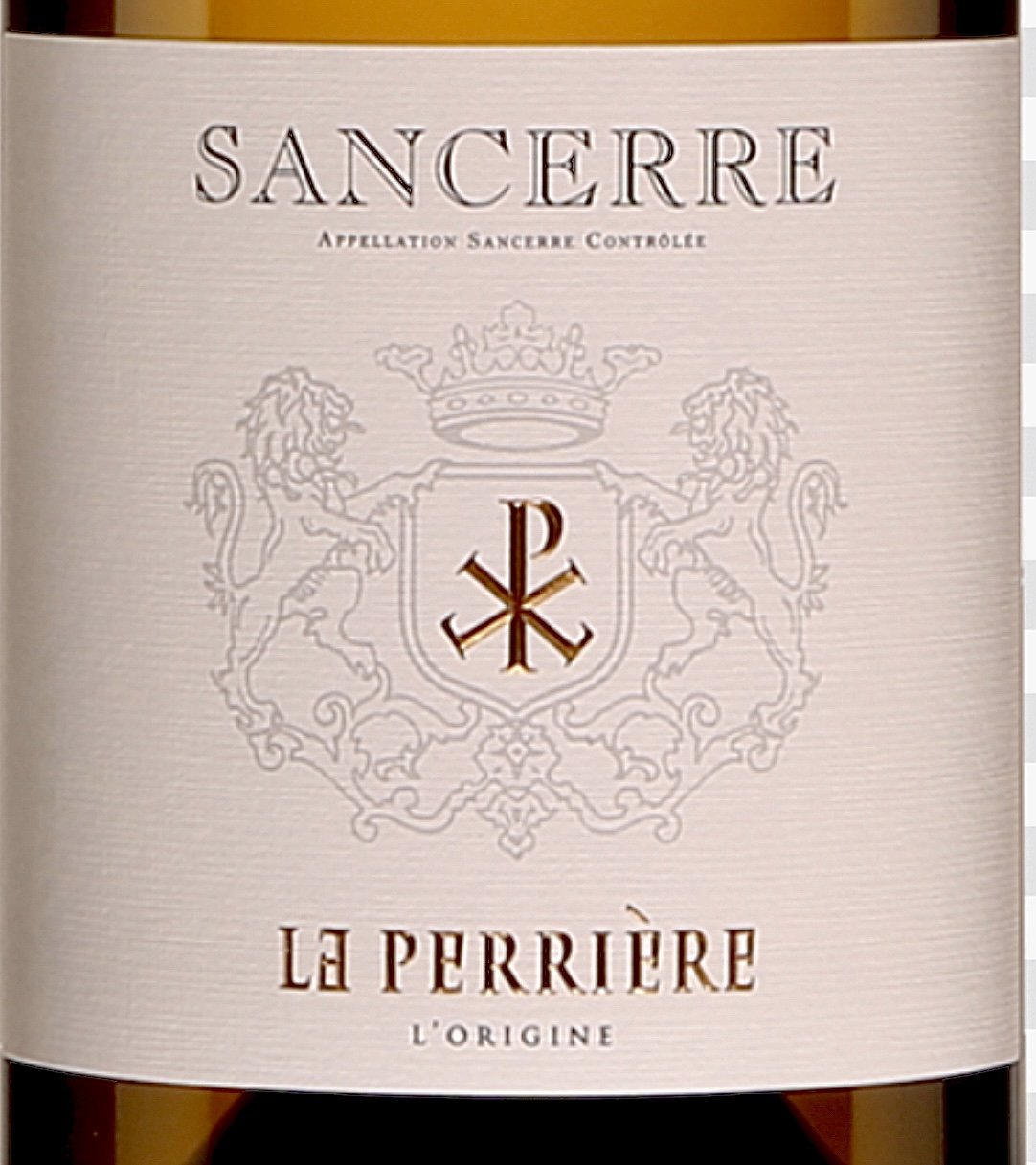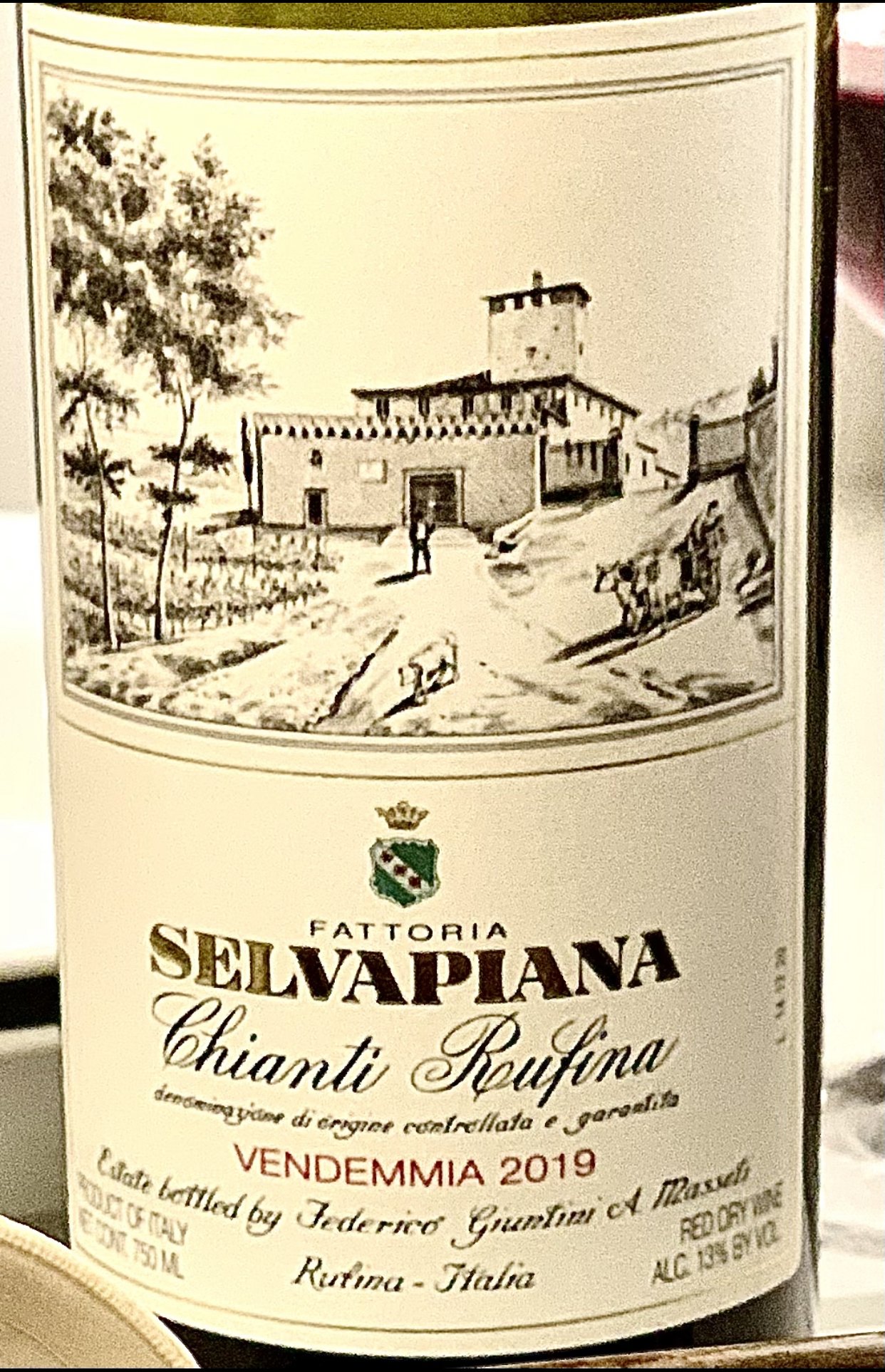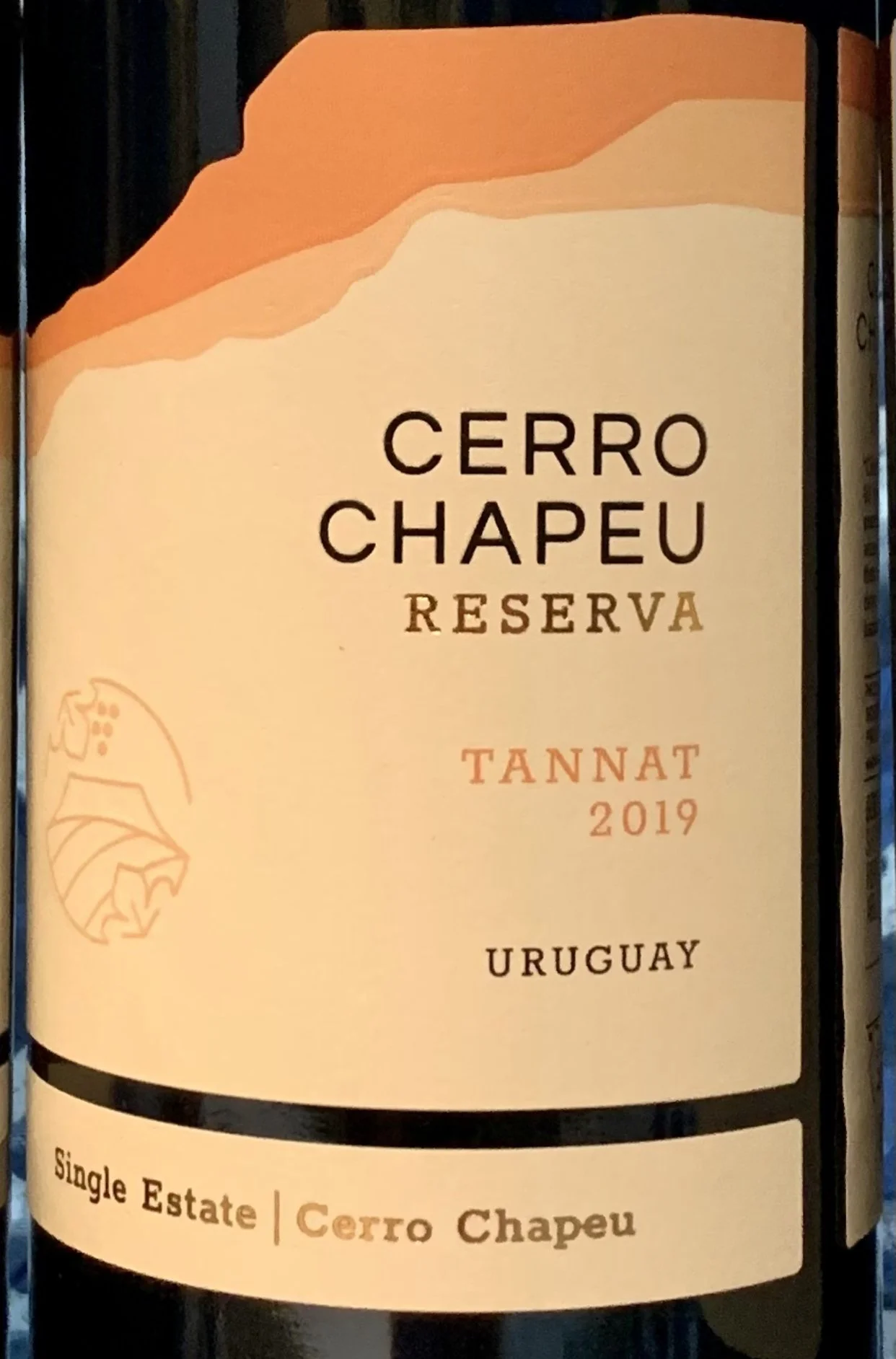Holiday Wines For 2021
/Looking for that perfect gift of wine for everyone on your holiday list, or maybe a nice selection for your own holiday table? Looking back at some favorite samples sent to me this past year, I’ve put together a mixed case of great-value whites and reds, plus two extra for good luck! I’ve chosen a variety of styles and prices (all under $100, most $50 and under) that will be sure to please you and your wine loving friends.
Note: In each category, the wines are listed from lightest to heaviest in body.
WHITES
Granbazán Albariño Etiqueta Ambar 2019 ($21). Lately I can’t get enough of Spanish Albariño. This one comes from the Salnés Valley, a top area within Rias Baixas, a DO (denomination of origin) where the best Albariño comes from. I love how the lemony citrus notes and briny salinity enliven whatever is on my plate, especially seafood. After the first sip, I can guarantee that you’ll be craving oysters, clams, and a juicy filet of grilled codfish.
La Perrière Sancerre 2019 ($34). A classic Sauvignon Blanc from iconic Loire Valley producer Saget La Perrière. Dry and crisp with aromas of citrus (grapefruit and lemon), apple, pear, mango and peach—a fruit salad in your glass! I would serve this mineral-driven wine with a selection of goat cheeses and with shrimp and scallop ceviche.
Weininger Wiener Gemischter Satz 2019 ($19). I know what you’re thinking: Now she’s giving me a wine I can’t even pronounce! Ok, that may be true, but isn’t the discovery of new wines so much fun? So here we go, to Vienna, Austria, where Gemischter Satz (pronounced Geh-mish-ter Sah-ts) is a longtime tradition at the local wine bars. Made from a mixed planting of grape varieties harvested together as a field blend, the wine is always fermented dry.
Winemaker Fritz Weininger is a champion of high quality Gemischter Satz. This medium-bodied, crisp wine, a blend of mostly Grüner Veltliner, Pinot Blanc, Welschriesling and Chardonnay, is extremely aromatic with long-lingering flavors of citrus, herbs, white flowers and ripe tropical fruits—think melon and pineapple. Delicious with charcuterie and cheeses, breaded white fish and grilled pork sausages.
Inama Foscarino Soave Classico 2020 ($23). This ‘cru’ wine comes from the vineyard-covered hills near Soave, a beautiful medieval Italian village in the Veneto region of northern Italy. Inama’s Foscarino Soave comes from the top-notch Classico zone, where Garganega grapes are grown on 40 to 60-year old vines in volcanic soil, which gives the wine complex and intense aromas of white flowers and a distinct nuttiness. The creamy, slightly oily texture and refreshing hints of salinity make it a great food-pairing wine.
This one will be on my table for the Feast of the Seven Fishes. I’m thinking lemon shrimp risotto. Who’s with me?!
Foradori Fontanasanta Nosiola 2019 ($48). One reason I love this wine so much is because it smells like a winery during harvest—that wonderful scent of fermenting grape juice, slowly bubbling in big, open vats. Except in this case, the wine is fermented for eight months on its skins in clay amphorae, an ancient style of winemaking that is seeing a resurgence today.
Elisabetta Foradori, considered a winemaking rock star of Italy’s Dolomites region, is known for producing remarkable reds made from the Teroldego grape. She also makes this gorgeous white from Nosiola, an ancient Trentino variety. Dry, crisp and lemony, yet with a creaminess of texture and opulent notes of hazelnut and herbs. This wine has the ability to stir emotions and should be opened at least one hour before serving for all of its nuances to be appreciated. Enjoy with a sampling of pungent cheeses (also capable of trigger some strong reactions!).
Abadia Retuerta Le Domaine, Blanco de Guarda 2019 ($34). Hailing from Castilla y Leon in northern Spain, where Tempranillo-based reds run the show, this white blend (70% Sauvignon Blanc and 30% Verdejo) is worth taking note of. Full-bodied, with a creamy texture and notes of pears, pineapple, grapefruit and licorice, it can be enjoyed now or make a fine addition to your wine cellar. Pairs perfectly with baked fish with lemon and caper sauce, or chicken with onions, peppers and tomatoes.
Read more about the magnificent Abadia Retuerta property in my article, Castilla y Leon, Home of Spain’s Best Kept Secret: Wine, Dine and Stay in a Luxe 12th Century Abbey Overlooking World-Class Vineyards.
REDS
Ram’s Gate Sonoma Coast Pinot Noir 2018 ($46). The grapes for this elegant and food-friendly wine come from vineyards in close proximity to the Pacific Ocean. Here, the cool summer breezes keep the wine’s acidity alive and bright. A beautiful translucent red color, the wine is light, delicate and superbly balanced, and reminded me of just-picked raspberries on a warm summer day. A great way to get the holiday celebration going, paired with deviled eggs and bacon-wrapped scallops or with lighter main courses like sweet and spicy salmon.
Domaine Montirius, Les Muse Papilles Côtes du Rhône 2020 ($16). Coming from southern Rhône’s first certified biodynamic winery (the vineyards have not seen chemical pesticides since 1990), this 80/20 Grenache/Syrah blend is juicy and earthy. On the nose it reveals aromas of cherries, plums and raspberries. On the medium-bodied palate, there is a hint of licorice with the fruity notes supported by just the right amount of silky tannins.
A somewhat shy wine, I recommend decanting it a half hour before serving as it needs a wee bit of time to open up. Perfection with duck à l’orange.
Selvapiana Chianti Rufina 2019 ($18). Fattoria Selvapiana is among the best-known and most respected of the two dozen growers of Rùfina, the smallest, yet most highly regarded subzone of Chianti. Light red, translucent color with classic Sangiovese aromas of cherry fruit, tobacco leaf, and a hint of licorice. Medium bodied, a little bit spicy, with medium-high grippy tannins, this earthy red is full of mineral notes, particularly iron. As you would expect from Sangiovese, loads of refreshing acidity makes it an amazing match for sweet Italian sausages with clams, beans and cabbage.
Cerro Chapeau Reserva Tannat 2019 ($15). Uruguay is the only country producing significant quantities of Tannat, a variety that is dark in color, robust and full-flavored. Surprisingly, Tannat wines can be extremely fresh and easy to pair with food, like this one. Tart and juicy, savory and herbal, this Tannat is a bit lighter on its feet than most others and can be served slightly chilled. A winning combination alongside pork roast with apples and onions.
Jonata Todos 2018 ($50). This exciting Santa Ynez estate is under the same ownership as Napa Valley’s cult winery, Screaming Eagle, and it has been receiving rave reviews for its brilliant wines since its first vintage in 2004. One whiff of this fruit-driven red blend and you will be reminded of ripe blackberries, cherry pie and vanilla flan. But there’s no need to brace yourself for a fruit bomb— the wine, with plenty of bright acidity, is defined by its balance and elegance. You’ll be delighted with notes of balsamic vinegar, black pepper and tobacco leaf, and a nice, long finish. A blend of ten grapes, predominantly Syrah and Cabernet Sauvignon, this wine is a match made in heaven with herb-marinated grilled pork or lamb chops.
Catena Zapata Nicasia Vineyard Malbec 2016 ($87). Legendary vintner Nicolàs Catena Zapata is revered for being one of the first Argentines to produce premium-quality wine, thereby revolutionizing the country’s winemaking reputation across the globe.
Today, his daughter Laura travels the world, telling the story of the country’s signature Malbec wines, like this beautiful one from the Nicasia Vineyard. A deep, dark purplish red, this wine delivers aromatic notes of cherry pie, as well as raspberries and plums. On the full-bodied palate, you’ll discover a stony minerality that keeps the abundant fruit in check. The velvety, medium-plus tannins give the wine elegance and, with an ABV (alcohol by volume) of 13.8%, it’s not too rich or heavy. If you can swing it, definitely worth the splurge!
Castello del Terriccio Tassinaia 2017 ($35). Hidden in the heart of Bolgheri in Tuscany’s beautiful seaside Maremma region, this producer of Super Tuscans is one of the most renowned in the area. Tassinaia is a full-bodied Cabernet Sauvignon and Merlot-driven blend that should be decanted about an hour before serving to soften the forceful tannins.
After that, you are in for a treat of dark red fruits, along with leather, coffee, tar, smoke, white pepper, and dried herbs. I’m dreaming of this wine alongside balsamic glazed tenderloin of beef with a side of roasted rosemary potatoes.
Dona Maria Julio Bastos Grande Reserva 2012 ($36). Those in the know head to southern Portugal’s Alentejo region for great-value, out of the ordinary wines. Typically made from native grapes that are blended with other local and international varieties, Alentejo wines tend to be earthy, herby and generous with fruit.
This gorgeous, deep garnet-colored wine is predominantly Alicante Bouschet, an indigenous grape, blended with a variety of French and Portuguese grapes. Aromas are of black cherry and blackberry with iron, tar, herbs and eucalyptus. On the palate, it’s juicy, intense and full-bodied, with grippy but silky tannins that are balanced out by a wonderful, zippy acidity. Serve with a hearty dish like lamb stew.




















